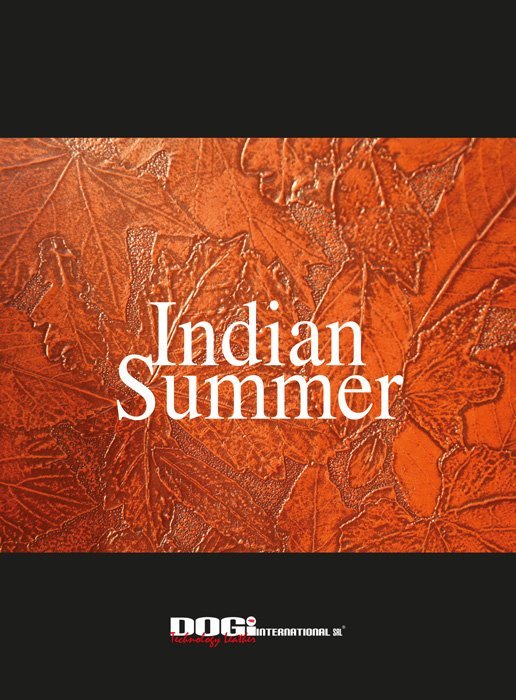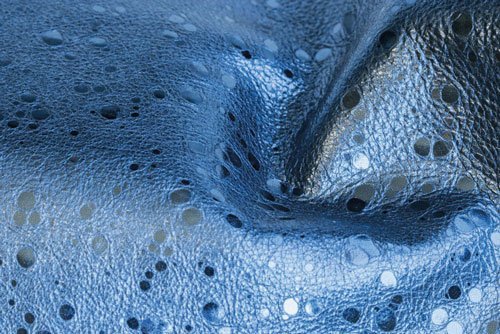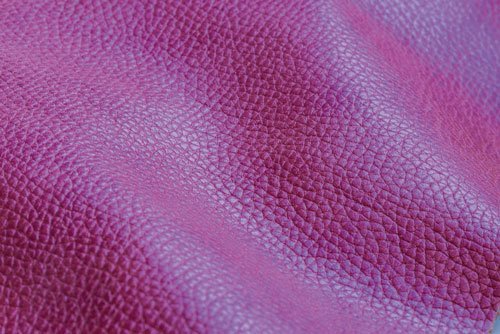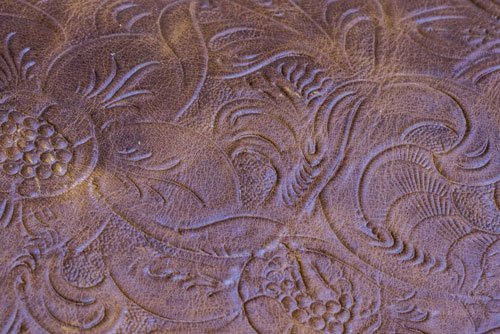
Based in Chiampo (Vicenza province), DOGI INTERNATIONAL confirms its leading position, both domestically and internationally. And it is now ready to face the new market challenges thanks to successful strategies
The new market challenges, in store for 2021 and the following years, are at hand. And DOGI INTERNATIONAL, specialized in the processing of high-end leathers, has already picked the right strategies in order to further establish itself on the national and international markets, starting with the creative path, the latter a pivotal trait when it comes to providing the clientele with new ideas.

Giancarlo Domirti
The company headquartered in Chiampo (Vicenza province), that supplies leather for an ample range of end sectors – apparel, giftware, denim, accessories, leatherware. bookbinding and motorcycling -, is fairly young, as it was established in 2011, yet it boasts well-established skills and know-how, thanks to the previous experiences acquired by Giancarlo Domirti in the leather field. The initial core business lied in the finishing and sales of topquality finished hides featuring peculiar manual techniques: later on, DOGI INTERNATIONAL has managed to gain a strong foothold in the market and to specialize in different types of processing methods, some even patented, that have earned the praise of an elite niche of customers, including some of the most prominent fashion brands and companies worldwide.
The turning point came in 2014, as confirmed by the marked increase in the number of articles with the addition of the leatherware and footwear industries; at the same time, the Veneto-based enterprise has implemented a cutting-edge, hand-finishing system that enhances hides, making them more appealing. A strategic decision – to give up low-end articles and pay close attention to the luxury market – that led to a change of attitude, shifting from large-scale, volume-oriented production to investments in creativity and manual skills.

For a company featuring such undeniable skills in terms of production, quality and high technologies as DOGI INTERNATIONAL, the creative path plays a key role, a trait that can be easily embodied by its owner, Giancarlo Domirti, and his way of thinking and acting – an eclectic personality, with a keen eye for beautiful things and a strong interest in creativity, able to think outside the box, push the boundaries and achieve outstanding business results.
“We are pleased,” explained Domirti, when we met him for the interview last November, “to gather the customers’ inputs, even when they are on the lookout for things that, at first glance, seem unfeasible. However, upon reflection, that same demand spurs you into action, striving to develop and interpret what the customer, between opinions and points of view, submitted to us. In order to deal with everything, you end up applying said idea to leather. And, sometimes, the final result has nothing to do with the initial project, yet it is astonishingly interesting or, at the very least, captivating.”

DOGI INTERNATIONAL’s owner stated that, “several ideas do not reach the production phase, maybe because they are too innovative. Nevertheless, they linger there and, maybe after two-three years, are back in the spotlight. Without a doubt, this ongoing dialogue results in a creativity-driven environment and allows to encourage new solutions. We can somehow call it a “brainstorming”, fueled by the ideas provided by your partners. It can be compared to the behaviour of certain designers that, looking for some inspiration, visit toy, fabrics and shoe stores and, in the end, may find the right hints in a brick placed inside a plasterboards room. Sometimes, even a pebble on the ground, leaning against a leaf, may be enough, able to bring to mind a pattern or an unexpected chromatic combination. More often than not, you would have never had the courage to put together such bold solutions.”

“Inspiration,” he explained, “can be found everywhere, you must pay close attention and sometimes you are fascinated by little things. More than once, I have picked up a dry leaf or a piece of paper, thrown away by someone, put it in my pocket because I have found it fascinating. Then, I put it on my desk, trying, sooner or later, to turn it into an idea, just to say “now I know what to do” to copy the same pattern and apply it to leather. Maybe, at the end of the day, nothing practical comes out of it, yet it is a good exercise to keep an open mind and enhance creativity. The truth is that, you can’t work some magic when it comes to style, by now we have seen everything: nevertheless, there are many slight facets and nuances, seemingly simple, that are the result of several years of work and experience and that, once created, manage to arouse emotions.”
“My company,” pointed out Domirti, “has always aimed at providing handcrafted leathers featuring a top-notch processing technique. For this reason, right from the beginning, the corporate mission has revolved around the steady search for new technologies as well as the improvement of the price/ quality ratio. Our pivotal challenge lies in successfully meeting the requirements of the fashion world and of the most demanding tanneries, as they do not settle for standard articles, but are constantly on the lookout for something more, something that can help them stand out. The customers turning to our firm can rely on a qualified “team”, attentive to their needs, able to focus exclusively on developing and interpreting their specific requests. This type of attitude results in thorough commitment to research and peculiar applications, the latter acknowledged as one of our key strengths, widely praised by the clientele, much to our satisfaction: over the years, our in-house staff has grown, succeeding in fulfilling the increasingly sophisticated market demands.” With regard to the pivotal role played by leather, even from an historical point of view, here is Giancarlo Domirti’s opinion.
“Mankind has achieved progress thanks to leather. Suffice it to say that, in the past, water mills, used to grind flour, were provided with wooden gears that kept breaking down. It is no coincidence that the first industrial machines were equipped with electric engines featuring a leather belt that made the wheels, gears and pulleys work: there are old pictures and drawings highlighting how these leather components have managed to grow into a strategical element for progress and for the industrialization process. Actually, leather has been playing a key role in human history since the dawn of time, used for the first garments, for Romans’ sandals, and it still very much part of our lives. Furthermore, it is the apparel material with the lowest environmental impact, as it a by-product of the food industry, the latter an essential service for humankind.”
www.dogiinternational.com
